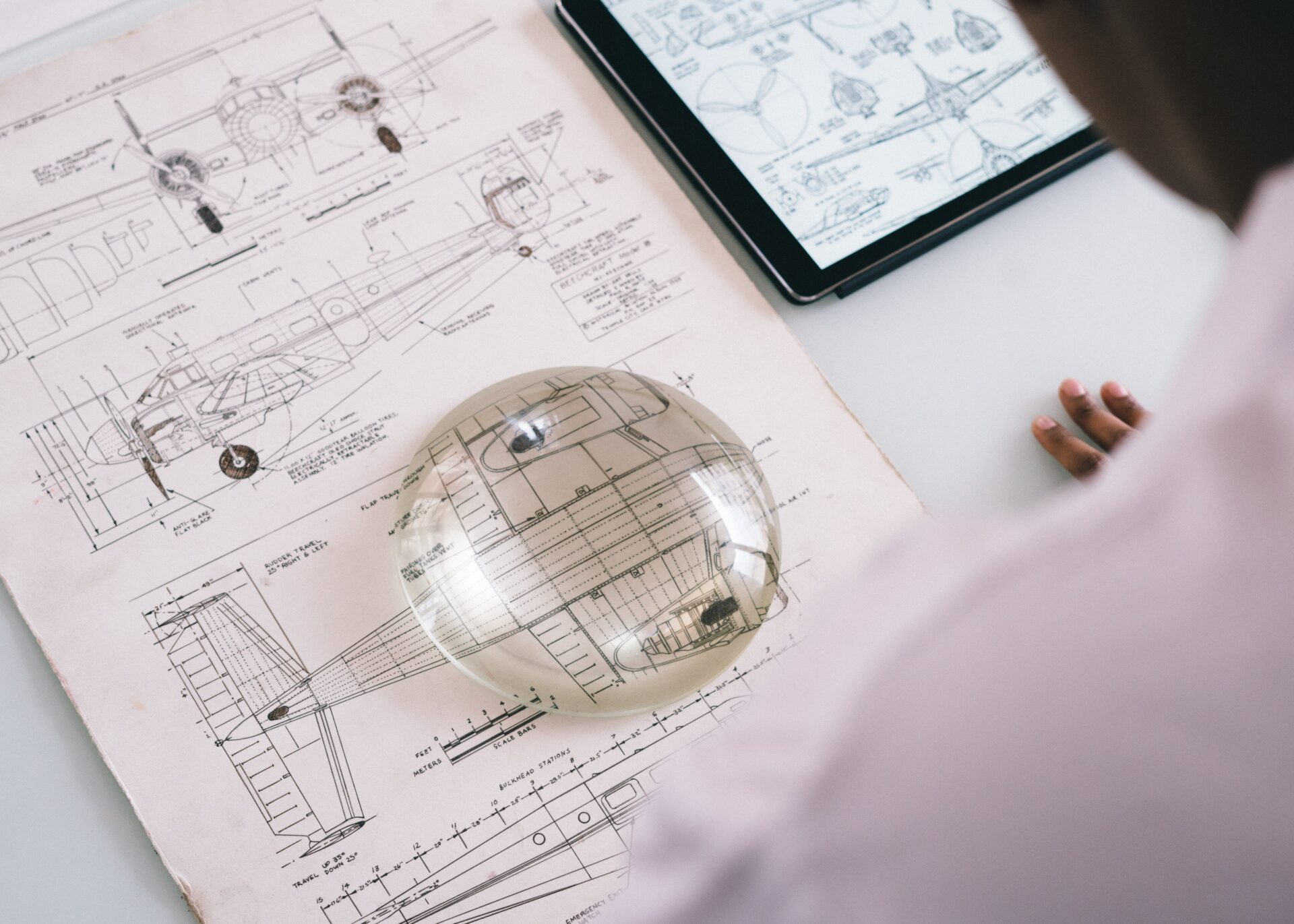Proper ball handling is a crucial aspect of any sport that involves the use of a ball. Whether it’s basketball, soccer, or volleyball, mastering the art of ball handling not only enhances performance but also minimizes wear and tear on the ball. One interesting fact about ball handling is that it requires a combination of skills, including hand-eye coordination, agility, and dexterity. This unique blend of abilities allows athletes to manipulate the ball with finesse, reducing the risk of damage and maximizing their control during gameplay.
When it comes to the impacts and unique features of proper ball handling, there are several key points to consider. Firstly, by adopting the correct technique, players can avoid subjecting the ball to unnecessary stress and strain. This not only preserves the integrity of the ball but also prevents injuries that may result from mishandling. Additionally, effective ball handling techniques enable athletes to execute precise passes, shots, or dribbles, ultimately contributing to improved overall performance. These aspects of proper ball handling highlight the importance of mastering the fundamental skills required in each respective sport.
Moving forward, this article will delve into the key takeaways that can enhance your understanding of proper ball handling techniques. We will explore specific tips and strategies for minimizing wear and tear on the ball, as well as discuss the benefits of developing excellent ball handling skills. Whether you’re an aspiring athlete or a seasoned player, these insights will provide valuable knowledge to elevate your game and ensure the longevity of your beloved ball. So, let’s dive into the world of proper ball handling and uncover the secrets to maximizing performance and minimizing wear and tear.
Key Takeaways
1. Regular maintenance and cleaning are essential for prolonging the lifespan of a basketball. Wipe off dirt, grime, and sweat from the ball after each use, and periodically deep clean it with mild soap and water.
2. Proper inflation is crucial to prevent damage to the ball and ensure optimal performance. Use a pressure gauge to maintain the correct air pressure, and never overinflate or underinflate the ball.
3. Avoid playing with a basketball on rough surfaces like concrete or asphalt as they can cause excessive wear and tear. Opt for indoor courts or use a suitable outdoor playing surface to minimize damage to the ball.
4. When storing a basketball, keep it in a cool and dry environment to prevent degradation of the materials. Avoid exposing it to extreme temperatures or direct sunlight, as this can lead to cracking or warping.
5. It is important to handle the ball correctly during gameplay to prevent unnecessary strain on the materials. Avoid excessive pounding or slamming, and focus on using proper technique for dribbling, passing, and shooting to minimize wear and tear on the ball.
How to Minimize Wear and Tear on Your Balls with Proper Ball Handling?
Importance of Proper Ball Handling
Proper ball handling is crucial to maintain the condition and longevity of your balls. Whether you’re playing sports like basketball, soccer, or pool or simply using balls for recreational purposes, following the right techniques can significantly minimize wear and tear. In this section, we’ll explore why proper ball handling is essential.
1. Maintain Optimum Performance
By implementing proper ball handling techniques, you can ensure that your balls perform at their best. When balls are handled correctly, they maintain their shape, bounce, and grip, allowing you to have a better playing experience. This is particularly important in sports where ball control is vital for success.
2. Extend Lifespan
Regular wear and tear can diminish the lifespan of balls. However, by using appropriate ball handling methods, you can slow down the deterioration process. This means your balls will last longer, saving you money spent on frequent replacements.
3. Prevent Injury
Improper ball handling not only affects the balls themselves but can also lead to injuries. When balls are not handled correctly, they may become misshapen or lose their grip, resulting in unpredictable movements. This increases the risk of accidents, such as tripping, falling, or colliding with other players. Following proper ball handling techniques is essential to minimize such risks.
Proper Techniques for Ball Handling
1. Clean and Inspect Regularly
Regularly clean your balls with appropriate cleaners to remove dirt and debris that may affect their performance. Additionally, inspect them for any damage, such as punctures or cracks, to address them promptly.
2. Store Properly
When not in use, store your balls in a clean and dry place. Ideally, keep them in a dedicated ball bag or container to protect them from dust, moisture, and extreme temperatures.
3. Avoid Sharp Objects
Ensure you handle balls away from sharp objects that could cause punctures or tears. Be cautious when playing in areas with uneven surfaces or sharp edges, as they can damage the balls.
4. Use the Right Inflation
Check the recommended inflation level for your sport or activity and maintain the balls accordingly. Over or under-inflated balls not only affect their performance but also increase the risk of damage.
5. Proper Grip Technique
Each sport or activity requires a specific grip technique. Familiarize yourself with the correct grip for your chosen activity and practice it consistently. This will minimize excessive rubbing or contact that can lead to wear and tear.
Guides to Minimize Ball Wear and Tear
1. Use Quality Balls
Invest in high-quality balls that are designed to withstand regular use and provide better durability. Cheaper, low-quality balls are more prone to wear and tear, compromising their performance.
2. Rotate Balls
If you frequently use multiple balls, rotate them regularly. This allows for more even wear and tear distribution and enhances the lifespan of each ball.
3. Avoid Over-Usage
Using balls excessively, especially beyond their recommended usage limits, accelerates wear and tear. Adhere to the manufacturer’s guidelines regarding the frequency of usage and replace balls when necessary.
4. Replace Worn-Out Balls
Monitor your balls for signs of significant wear and tear, such as fading, cracks, or loss of structural integrity. When a ball becomes noticeably worn-out, it’s time to replace it to ensure optimal performance and safety.
5. Regular Maintenance
Develop a routine for inspecting, cleaning, and maintaining your balls. By regularly caring for them, you can identify issues early on and address them promptly, reducing wear and tear.
6. Proper Playing Surface
Where possible, play on suitable surfaces that are designed for the specific sport or activity. Rough or abrasive surfaces can cause rapid wear and tear on balls, so opt for appropriate playing areas whenever possible.
By following these guidelines, you can minimize wear and tear on your balls and ensure they provide an optimal playing experience for a longer period of time. Remember, proper ball handling is key to improving their longevity and maintaining their performance.
Frequently Asked Questions
1. What is proper ball handling?
Proper ball handling refers to the techniques and precautions taken to minimize wear and tear on the ball during sports activities. It involves using correct grip, maintaining control, and preventing excessive force that can damage the ball.
2. Why is it important to minimize wear and tear on the ball?
Minimizing wear and tear on the ball extends its lifespan, reducing the need for frequent replacements. It also ensures optimal performance during games or workouts and reduces the risk of injury caused by a faulty or damaged ball.
3. What are some common causes of wear and tear on a ball?
Common causes of wear and tear on a ball include rough surfaces, improper storage, excessive moisture, overinflation, and using the ball on unsuitable playing surfaces. These factors can lead to abrasions, punctures, loss of grip, and other forms of damage.
4. How can I protect the ball from wear and tear?
To protect the ball, ensure that you play on suitable surfaces, avoid exposing it to moisture or extreme temperatures, store it properly in a dry and cool place, and regularly inspect it for signs of damage. Additionally, using appropriate ball handling techniques and avoiding excessive force can also minimize wear and tear.
5. Should I clean the ball regularly?
Yes, it is important to clean the ball regularly to remove dirt, grime, and sweat that can accumulate on its surface. Use a mild soap and warm water, and gently scrub the ball with a soft cloth or sponge. Avoid using abrasive cleaners or excessive water immersion to prevent damage.
6. Can I over-inflate the ball?
No, over-inflating the ball can increase the risk of damage and make it harder to control. Follow the recommended inflation pressure specified by the manufacturer, which is usually indicated on the ball itself.
7. Can I use any type of pump to inflate the ball?
No, it is important to use a pump specifically designed for the type of ball you have. Different types of sports balls require different valves and adapters. Using the wrong pump can damage the ball or lead to improper inflation.
8. What should I do if I notice signs of wear or damage on the ball?
If you notice signs of wear or damage, such as tears, punctures, or loss of grip, it is advisable to replace the ball. Continuing to use a damaged ball can compromise performance, increase the risk of injury, and further worsen the damage.
9. How often should I inspect the ball for damage?
You should regularly inspect the ball for signs of damage, preferably before each use. Check for any visible wear, signs of deflation, or significant changes in grip. By addressing early signs of damage, you can prevent further wear and tear and ensure the ball remains in good condition.
10. Can I use lubricants or grip enhancers on the ball to minimize wear and tear?
No, using lubricants or grip enhancers on the ball is generally not recommended. These substances can alter the ball’s texture, affect its bounce or flight, and even violate the rules of certain sports. It is best to rely on proper handling techniques and regular maintenance to minimize wear and tear.
Final Thoughts: Proper Ball Handling: Minimizing Wear and Tear
In conclusion, proper ball handling plays a crucial role in minimizing wear and tear, ensuring the longevity of the ball, and optimizing performance. By following the guidelines discussed in this article, such as using correct grip, avoiding rough surfaces, and regular maintenance, you can extend the lifespan of your ball and enhance your overall sports experience.
Remember, practicing good ball handling techniques not only benefits your equipment but also promotes safety and reduces the risk of injuries. So, prioritize the care and maintenance of your ball to continue enjoying hours of play without worrying about unnecessary wear and tear.




